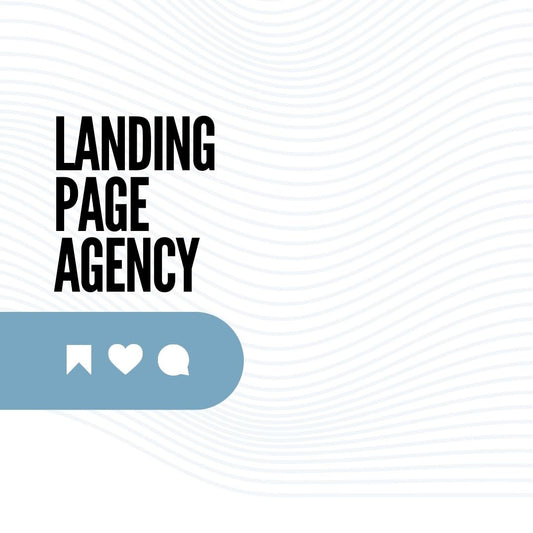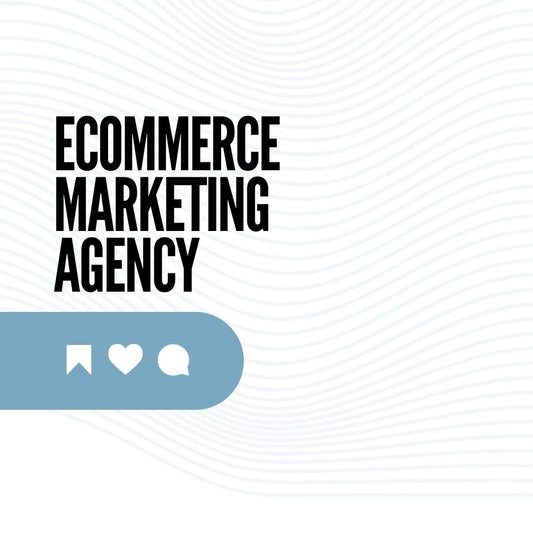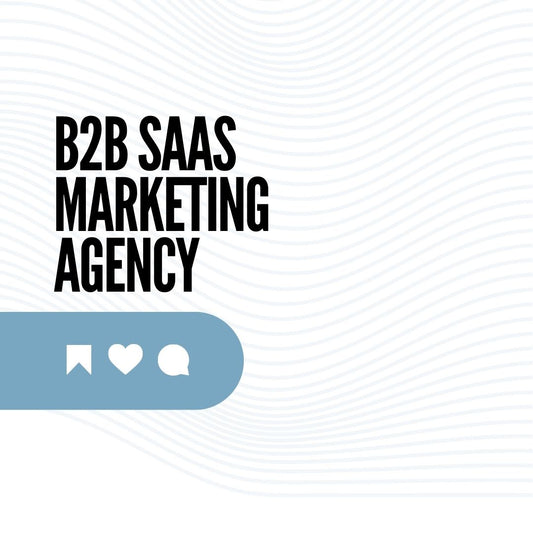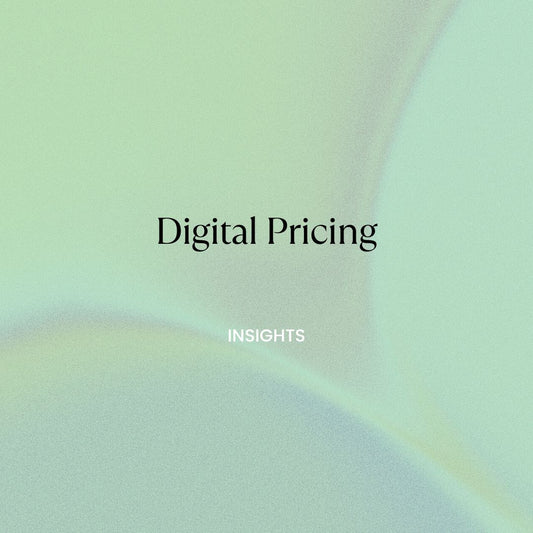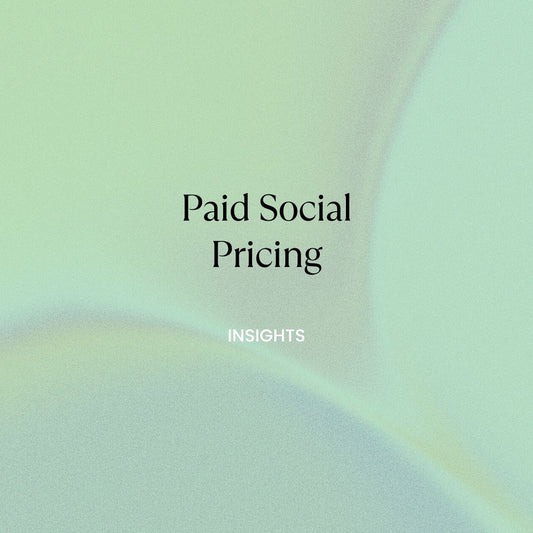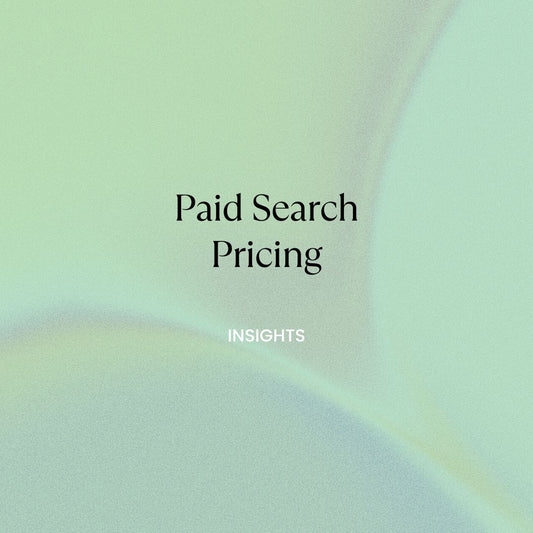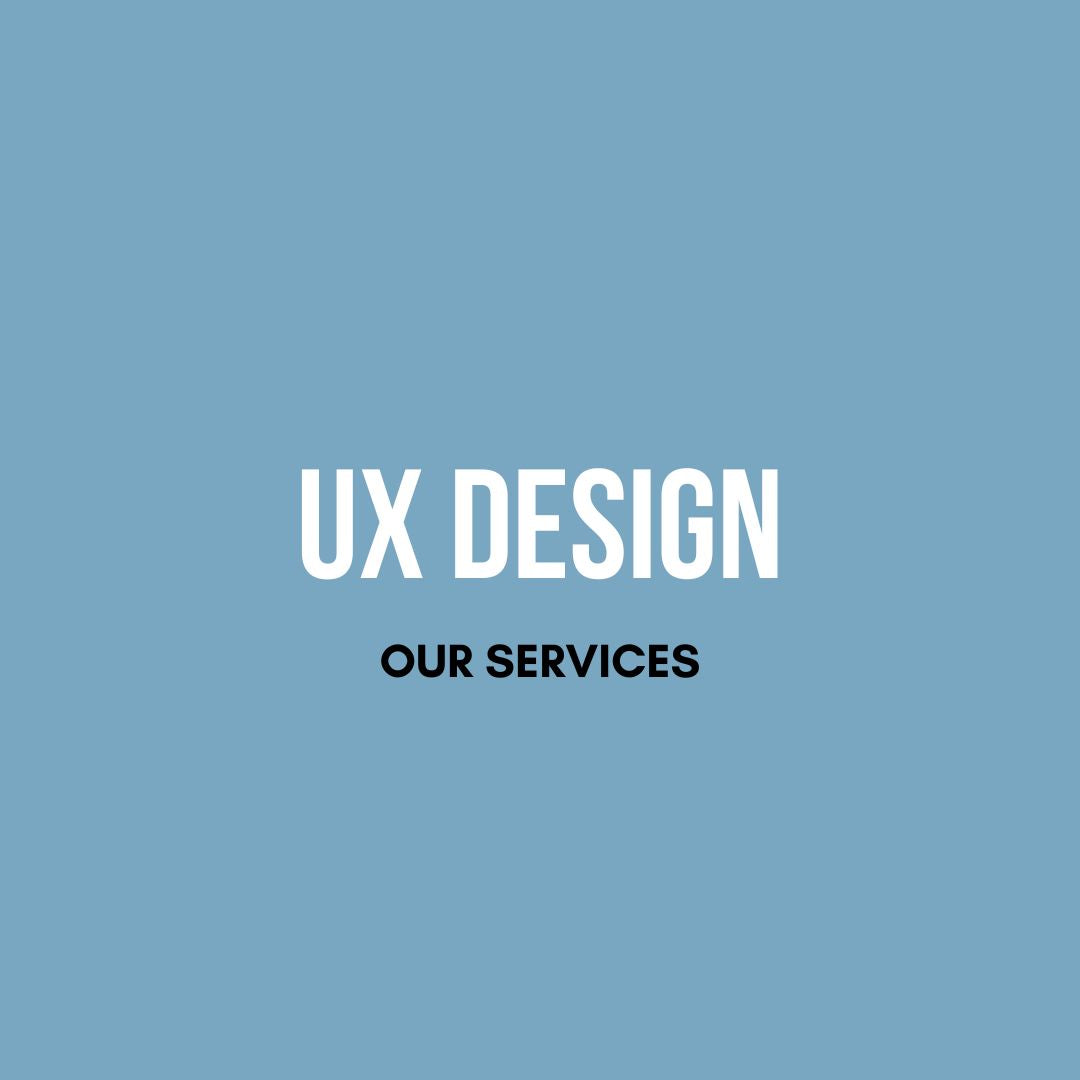
UX Design
The core of UX design is understanding the users. Before we begin any design project, we invest time in getting to know the target audience. This involves user research, persona creation, and journey mapping. By understanding the users' needs, pain points, and behavior patterns, we can design solutions that truly resonate with them. This research is not a one-time activity; it's an ongoing process of learning and adapting to users' evolving needs and preferences.
Information architecture (IA) plays a pivotal role in UX design. It's about organizing content and information in a way that is logical and easy to navigate. At Soda Spoon, we focus on creating clear, intuitive structures that guide users effortlessly through a website or app. This involves careful planning of the site's hierarchy, categorization, and navigation. A well-thought-out IA ensures that users can find what they're looking for quickly and easily, enhancing their overall experience.
Wireframing and prototyping are essential steps in our UX design process. These early-stage representations of the product allow us to visualize the layout and test the functionality before moving into the final design. Wireframes provide a blueprint for the product, outlining elements like headers, footers, and content areas. Prototypes take this a step further, offering a clickable model to test interactions and user flows. These tools are invaluable for identifying usability issues early in the design process, saving time and resources in the long run.
Visual design is not just about aesthetics; it's a crucial component of the user experience. Our team of skilled designers focuses on creating visually appealing designs that also serve a functional purpose. We pay close attention to elements like color schemes, typography, and imagery, ensuring they align with the brand's identity and enhance the usability of the product. A well-designed interface can significantly improve user engagement and satisfaction.
User testing is a non-negotiable part of our UX design process. We employ various testing methods, such as usability testing, A/B testing, and user feedback sessions, to gather insights into how real users interact with the product. This feedback is invaluable for making informed decisions about design changes and improvements. By continuously testing and iterating, we ensure that the final product not only meets but exceeds user expectations.
Accessibility is a key consideration in our UX design. We believe that digital products should be usable by everyone, including people with disabilities. This involves designing with accessibility standards in mind, such as the Web Content Accessibility Guidelines (WCAG). By ensuring our designs are accessible, we not only comply with legal requirements but also reach a wider audience, making our clients' products more inclusive and user-friendly.
Responsive design is no longer optional; it's a necessity. With the increasing use of mobile devices, it's essential that digital products are designed to work seamlessly across all screen sizes and platforms. Our responsive design approach ensures that websites and apps provide an optimal experience on desktops, tablets, and smartphones. This involves flexible layouts, adaptable images, and thoughtful consideration of the mobile user experience.
Performance and loading times are critical aspects of UX design. Users expect fast, responsive interactions, and even a few seconds of delay can lead to frustration and abandonment. We focus on optimizing design elements to ensure quick load times and smooth performance. This includes minimizing file sizes, using efficient code, and leveraging modern technologies to enhance speed and responsiveness.
Content plays a significant role in UX design. It's not just about what the content says, but also how it's presented. We work closely with content strategists and copywriters to ensure that the content is clear, concise, and effectively communicates the intended message. Good content design enhances readability, engagement, and user understanding, contributing to a more satisfying user experience.
In conclusion, UX design is a multifaceted discipline that requires a strategic, user-centered approach. At Soda Spoon, we combine research, design, technology, and content to create digital products that are not only visually stunning but also highly functional and enjoyable to use. Our commitment to excellence in UX design is evident in every project we undertake, ensuring that our clients' digital products stand out in a crowded digital landscape. With our expertise and passion for design, we help businesses create digital experiences that delight users and drive success.
